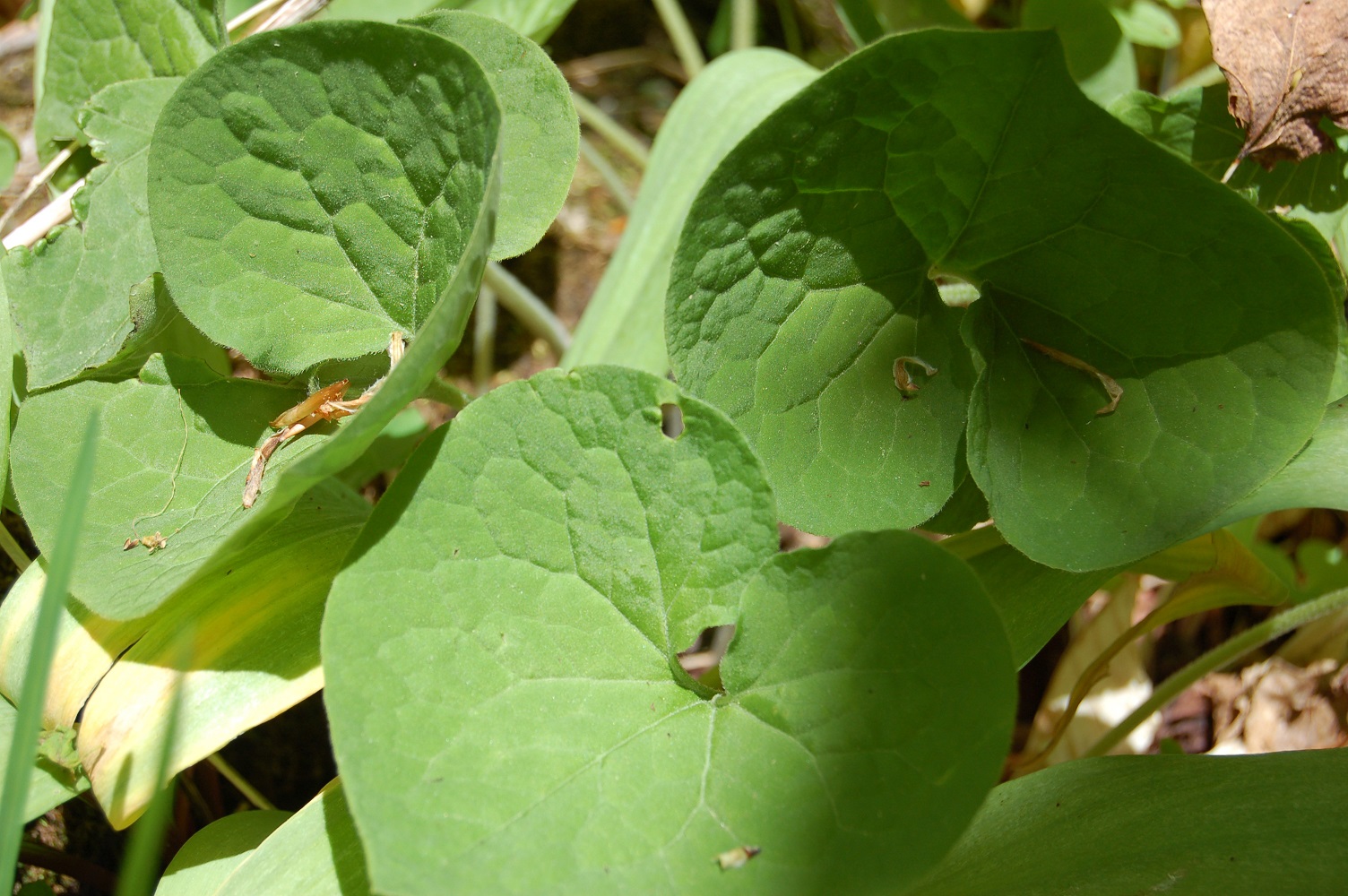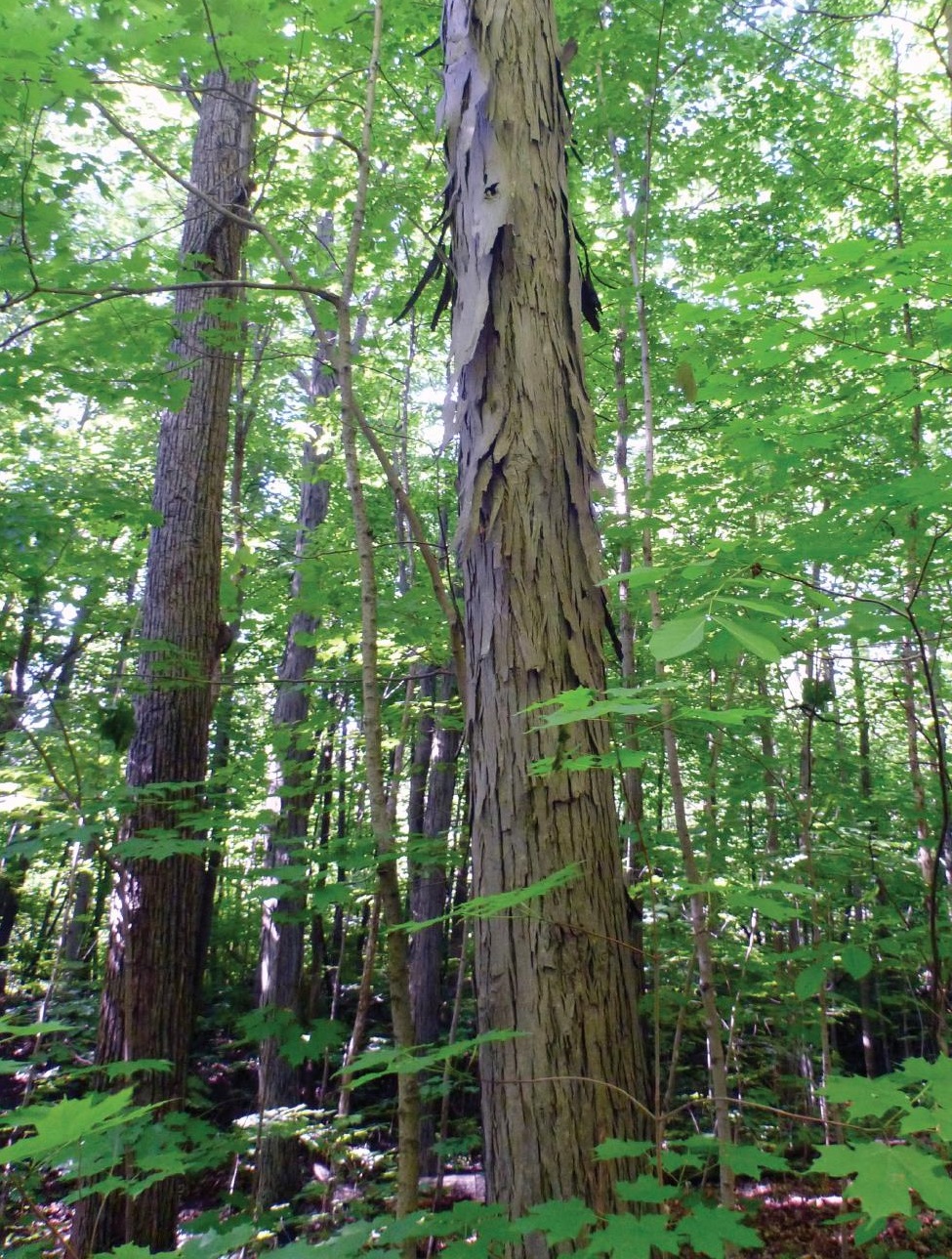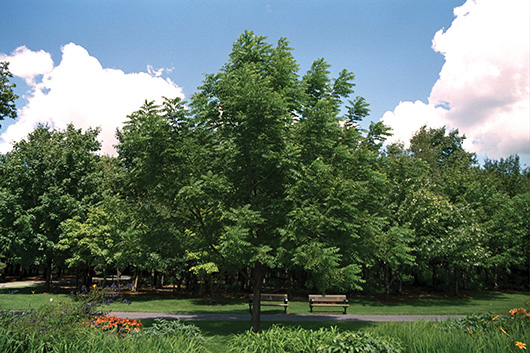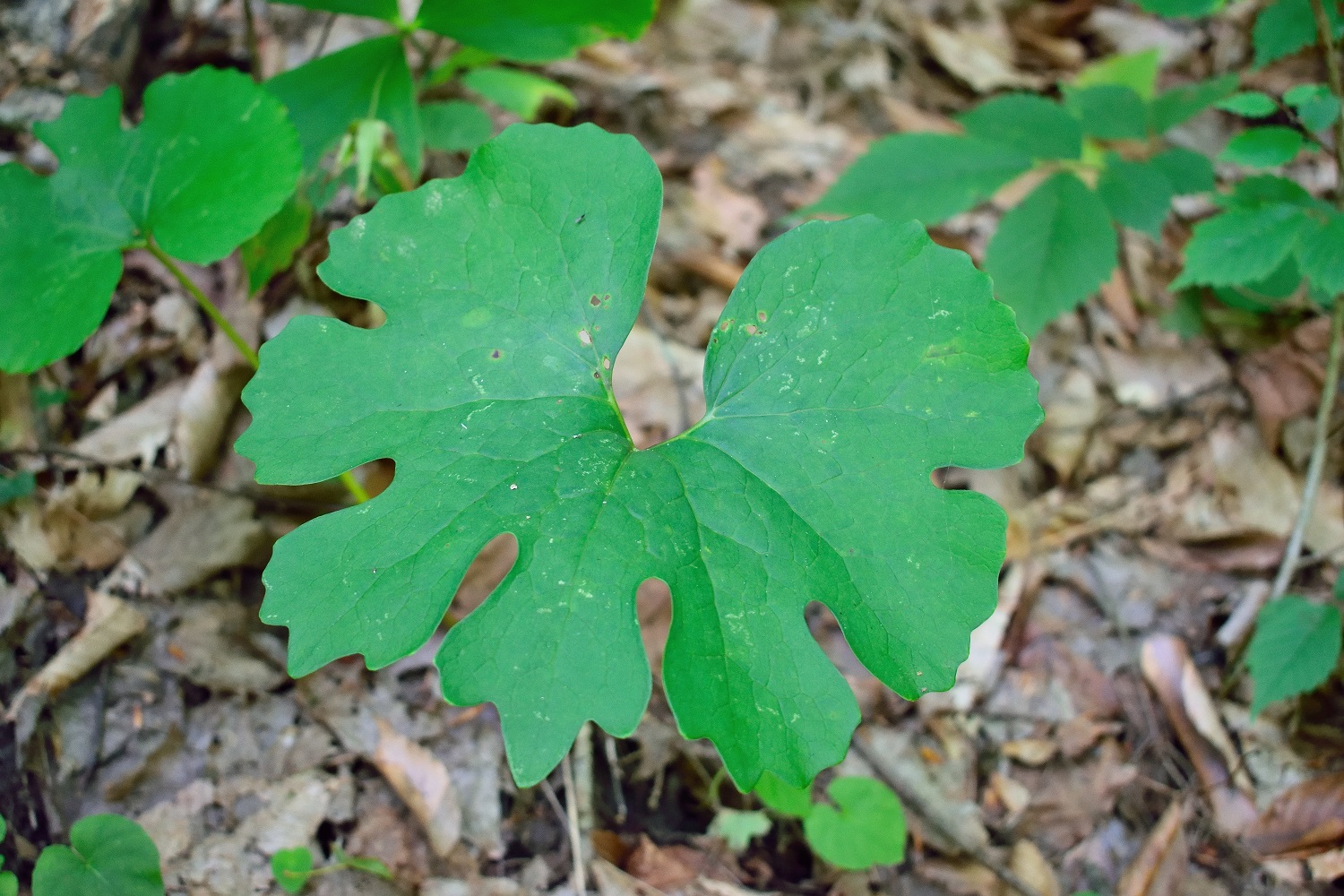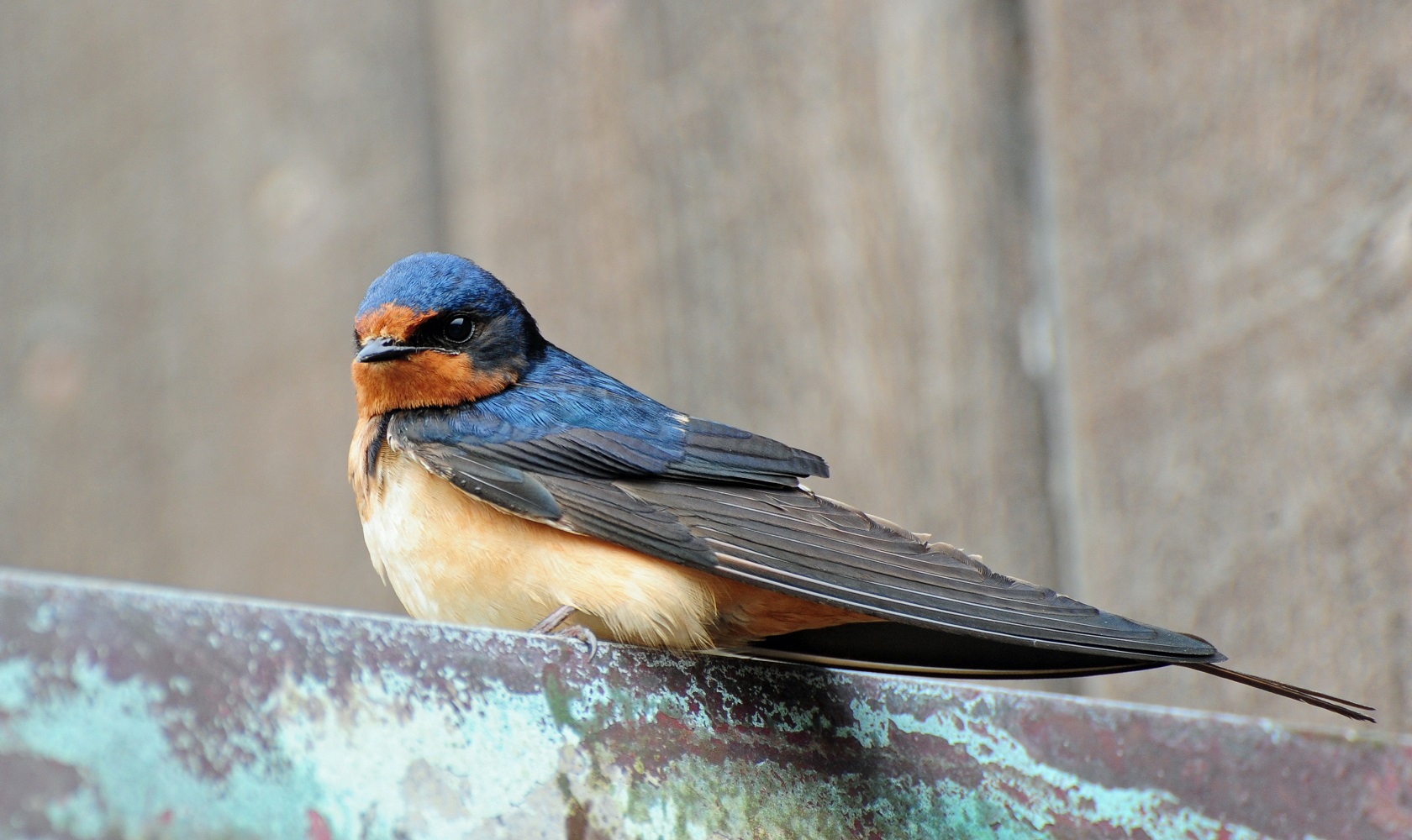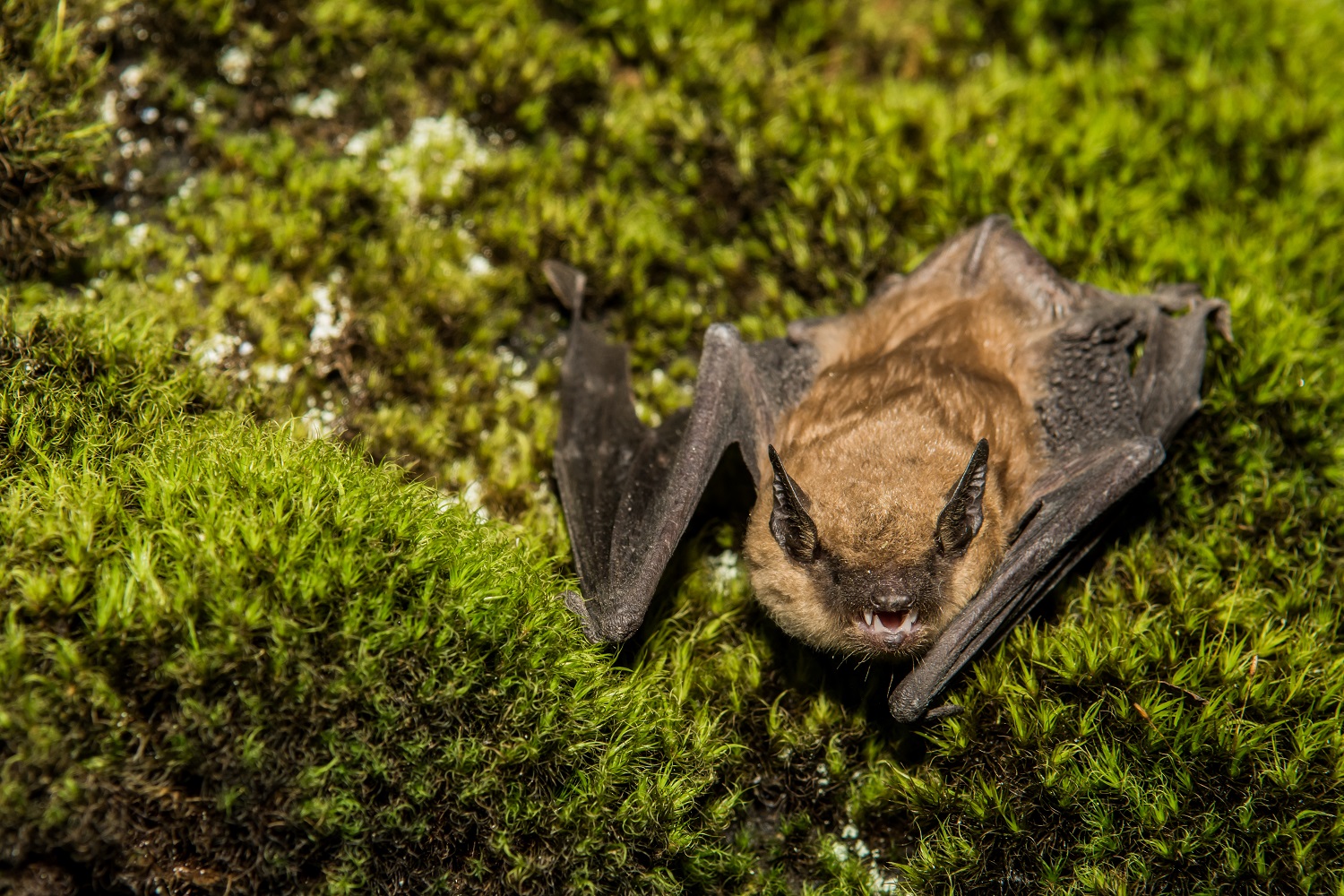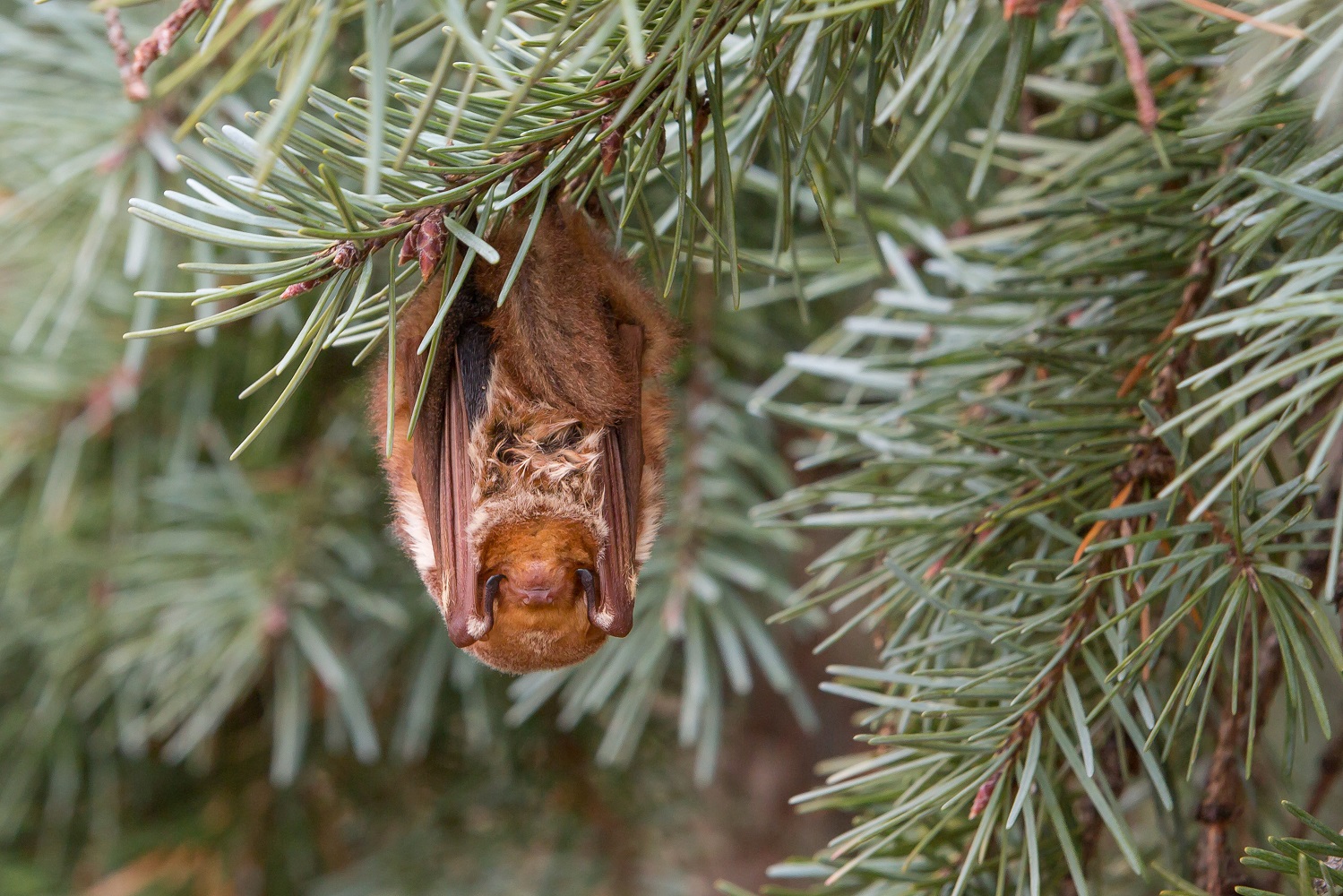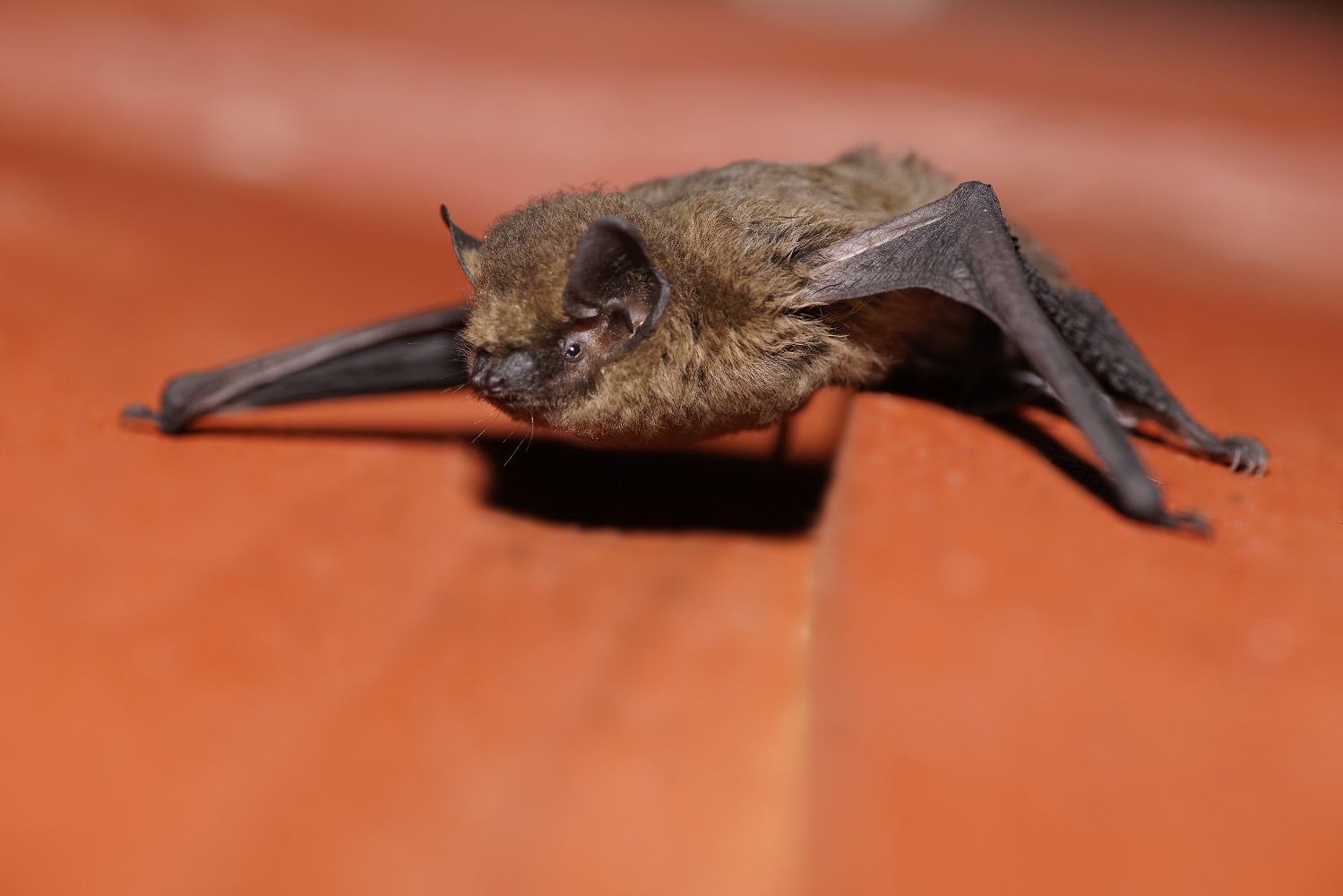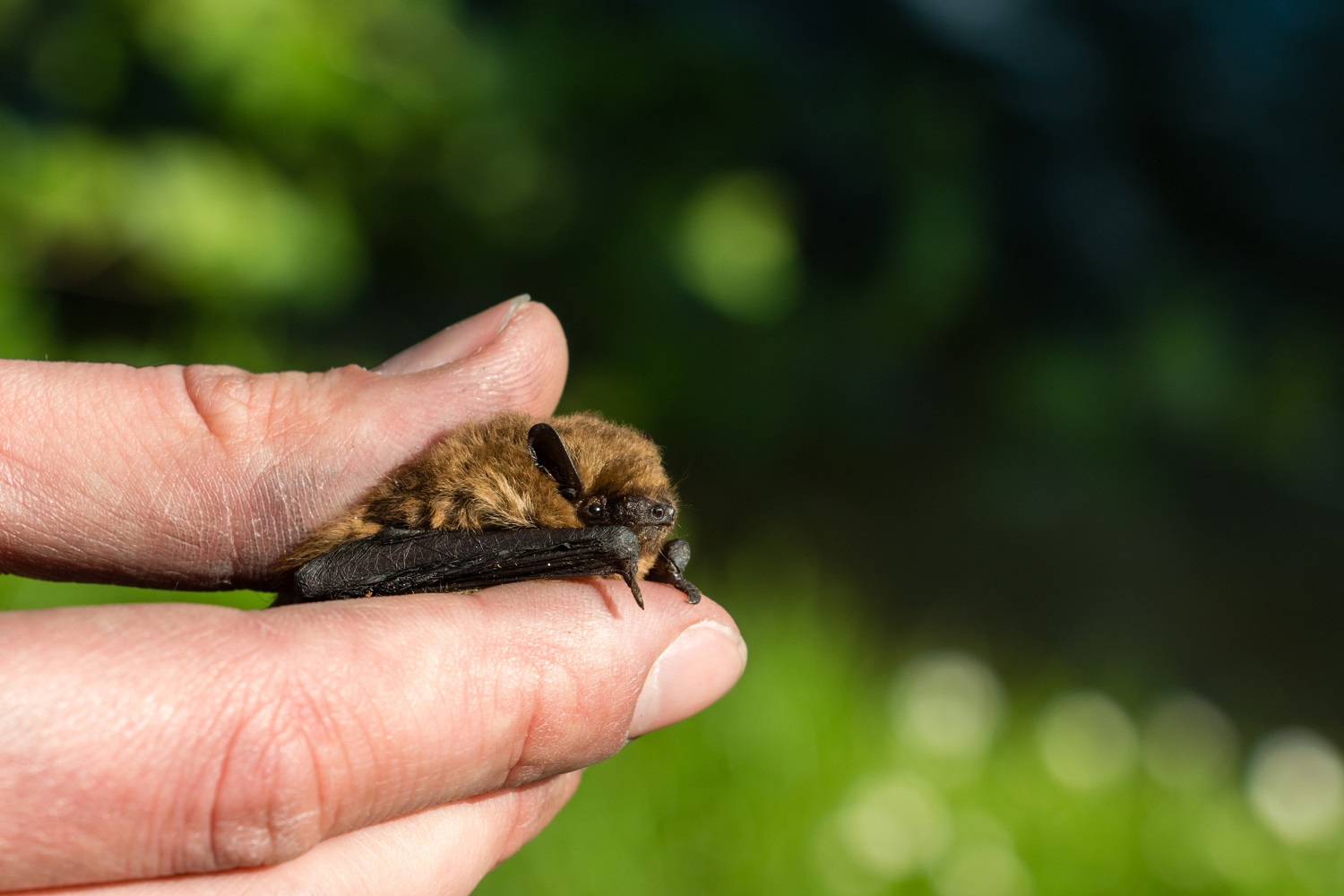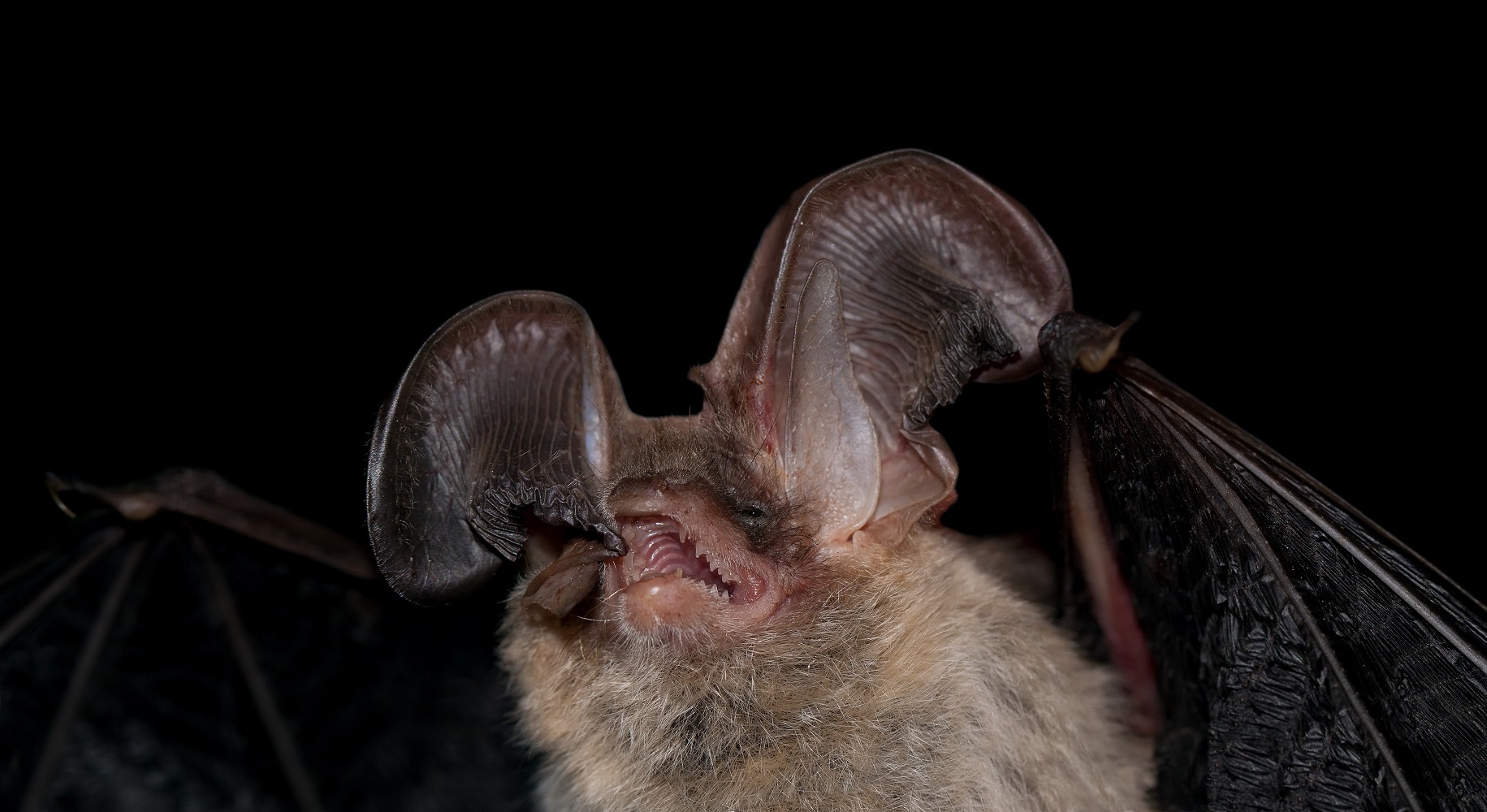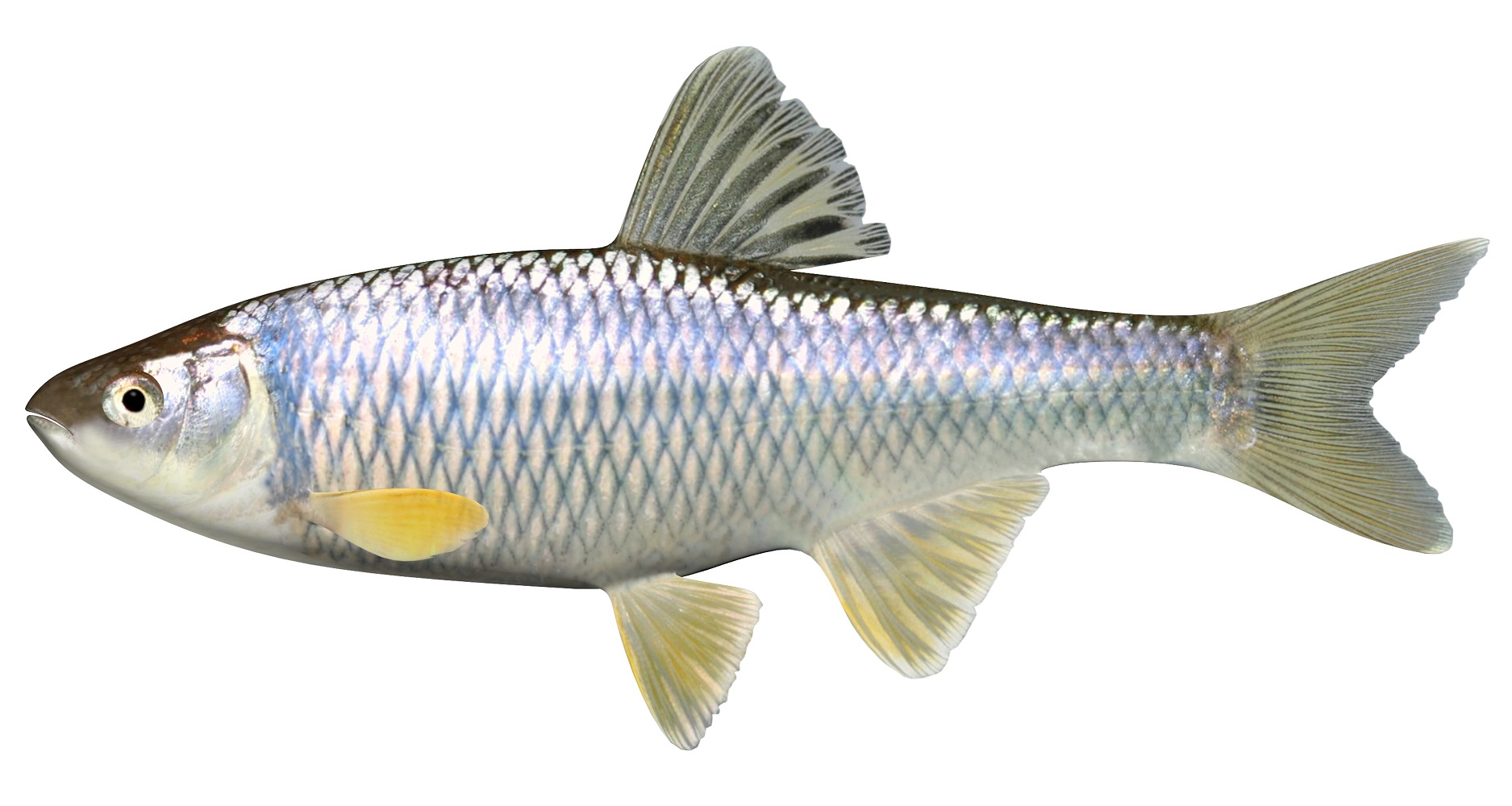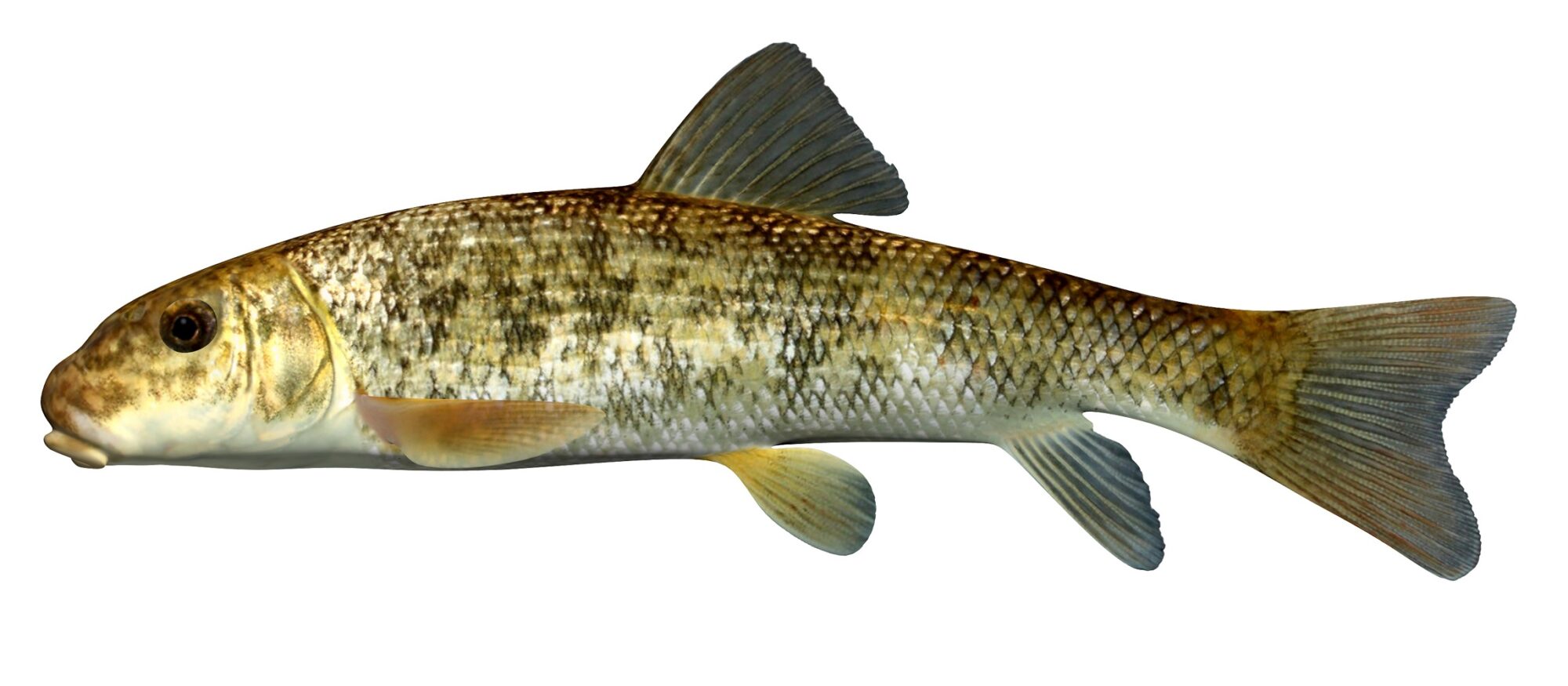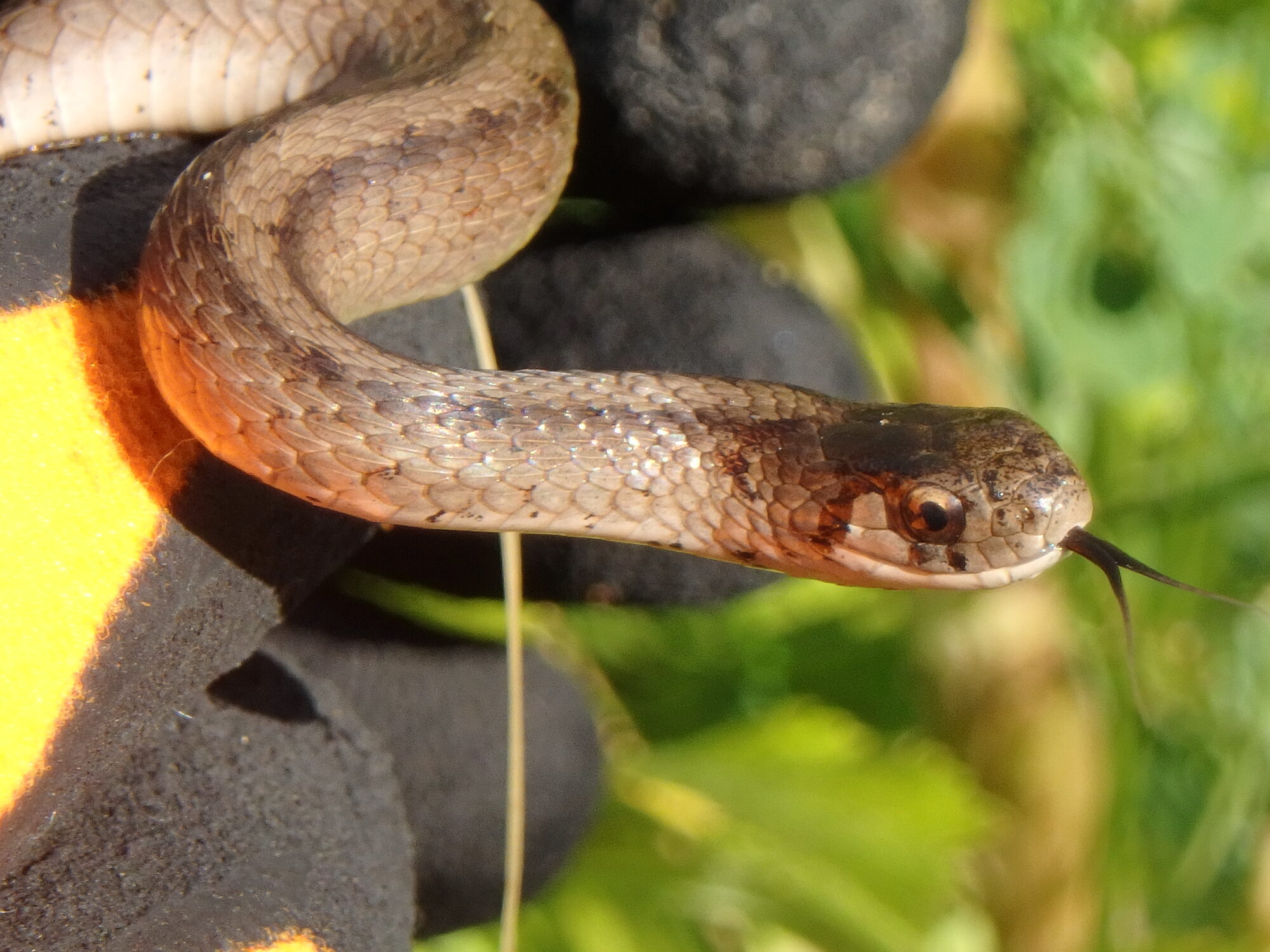| Environmental Columns
Inventory of species at risk
Throughout the summer of 2017, the City of Pointe-Claire completed an inventory of species at risk throughout its territory.
This allowed us to list four plant species at risk, namely the Canada wild ginger, the shagbark hickory, the butternut tree, and the bloodroot. Three wildlife species that are threatened or likely to be endangered were also identified: the barn swallow, the red bat, and the brown snake. The presence of three bat species that are endangered or likely to be endangered – the little brown bat, the small-footed bat, and the Northern long-eared bat – remains to be confirmed.
In addition to learning about and appreciating the variety of affected species, this inventory allows us to implement sustainable initiatives to protect them according to their needs. For instance, wildlife habitats such as a nest box for barn swallows and a protected area for bats have been installed throughout the territory.
What is a species at risk?
The City considers species at risk to be all species listed in Schedule 1 of the Species at Risk Act (endangered species, threatened species, and species of special concern) and all species legally designated as threatened, vulnerable, vulnerable to harvest, and likely to be designated as threatened or vulnerable under the Act respecting threatened or vulnerable species.
Plants
Plant species (trees, shrubs, grasses) at risk have been listed in the City’s natural environments, such as Terra-Cotta Natural Park, the Civic Centre wooded area, and Cedar Park Heights Park. This is how the Canada wild ginger, shagbark hickory, butternut tree, and bloodroot were identified.
- Canada wild ginger

- Shagbark hickory

- Butternut tree

- Bloodroot

Nesting birds
All birds at risk that nest in the territory of the City were sought out using listening stations, an active visual search, and calling sessions with recorded songs. This has allowed us to reconfirm the presence of the barn swallow, a species for which a nest box was installed near the sailing base last winter to help them nest.
- Barn swallow

Bats
Bats (chiroptera) at risk were sought out using recordings, an ultrasound analysis of their cries, and an active visual search at dawn and at dusk. The big brown bat, a species that is currently not at risk, was found on the territory. An additional inventory was completed in July in Terra-Cotta Natural Park and also allowed us to find the red bat and a species of the genus Myotis that could be the little brown bat, the small-footed bat, or the Northern long-eared bat.
- Big brown bat

- Red bat

- Little brown bat

- Small-footed bat

- Northern long-eared bat

Fish
Fish (ichthyological) surveys were focused on inland waters, such as the stream on Aviation Road. The search allowed us to identify common species that are therefore not at risk: the spotfin shiner and the white sucker.
- Spotfin shiner

- White sucker

Amphibians and reptiles
Amphibians, including salamanders, and reptiles, especially snakes, that are at risk were actively sought out by lifting logs, rocks, and other shelters on the ground. Artificial shelters made of asphalt shingles were also installed throughout the City to search for the brown snake, which was notably listed in Terra-Cotta Natural Park.
- Brown snake

Table 1 List of species at risk in the City of Pointe-Claire in 2017
| Species | Status of the species under Schedule 1 of the Species at Risk Act | Status of the species according to the List of species designated as threatened or vulnerable under the Act respecting threatened or vulnerable species |
| Canada wild ginger | None | Vulnerable to harvest |
| Shagbark hickory | None | Likely to be designated as threatened or vulnerable |
| Butternut tree | Endangered | Likely to be designated as threatened or vulnerable |
| Bloodroot | None | Vulnerable to harvest |
| Barn swallow | Threatened | None |
| Red bat | None | Likely to be designated as threatened or vulnerable |
| Little brown bat (potential presence) |
Endangered | None |
| Small-footed bat (potential presence) |
None | Likely to be designated as threatened or vulnerable |
| Northern long-eared bat (potential presence) |
Endangered | None |
| Brown snake | None | Likely to be designated as threatened or vulnerable |
Future projects
- Study of different habitats
In order to cover insects, molluscs, small mammals, mosses, and lichens, we identified their potential habitats last year. They will be inventoried in order for us to list different species starting this year.
- Draft by-law
The City is working on a draft by-law to ensure species at risk are protected on its territory.
Links
- Schedule 1 – List of Wildlife Species at Risk from the Government of Canada: http://laws-lois.justice.gc.ca/eng/acts/s-15.3/page-17.html#h-39
- Act respecting threatened or vulnerable species from the Government of Quebec (in English): http://legisquebec.gouv.qc.ca/en/ShowDoc/cs/E-12.01

